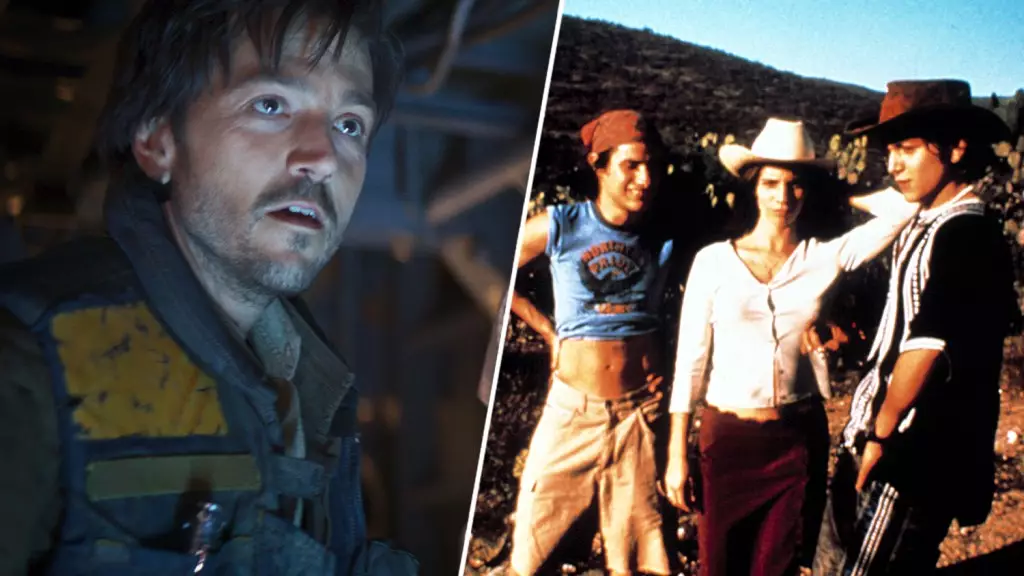In a twist of fate that merges the avant-garde with mainstream galactic escapades, Alfonso Cuarón’s cinematic approach has seeped into the multifaceted universe of Star Wars. This revelation surfaced through Diego Luna’s reflections upon his role in “Rogue One: A Star Wars Story.” Cuarón’s iconic film, “Y tu mamá también,” has made waves in the industry by showcasing naturalism and a raw narrative style that diverges starkly from traditional blockbuster expectations. This indicates a significant moment in Hollywood where successful mainstream storytelling can draw inspiration from indie cinema, thereby challenging existing norms.
From Fanatic to a Trailblazer
Diego Luna’s longtime enthusiasm for Star Wars offers a poignant example of how passion meets opportunity. He recalls immersing himself in the universe from an early age, conjuring memories of sibling battles with imaginary lightsabers. Yet, it’s this inherent fanaticism that makes his transition into the franchise feel less like a career move and more like a heartfelt homecoming. Luna adds an intriguing layer of complexity to his character Cassian Andor, one that defies standard heroic archetypes. Could it be that those drawn to the “dark side” harbor nuances that can enliven the narrative?
This reflection illuminates the metamorphosis of the Star Wars storytelling ethos, which has often been a polarized world of characters. In seeking to blend improvisational elements and grounded performances reminiscent of Cuarón’s vision, “Rogue One” does not merely present a narrative — it creates an immersive experience. The ambition to blur the lines between fiction and reality resonates deeply, challenging audiences to engage on a more profound emotional level.
Hyperrealism Meets a Galactic Saga
The invitation for actors to adopt their roles with a touch of improvisational freedom disrupts the meticulously constructed fabric of franchise filmmaking. Traditionally, the directive for actors in such roles has been to adhere strictly to a scripted narrative, but Cuarón-inspired methods invite a radical departure. By allowing a more documentary-like approach, “Rogue One” taps into a reservoir of authenticity that many franchises neglect.
The process of developing character dynamics organically perhaps echoes the tumultuous and disparate relationships that mirrored Luna’s earlier work in Cuarón’s film. By crafting authentic conversations and interactions, filmmakers have the chance to revamp character-driven narratives in a space dominated by CGI and spectacle.
Navigating New Frontiers in Storytelling
As the Star Wars franchise repeatedly redefines its boundaries, it’s essential to scrutinize the direction in which it is headed. Luna’s immersed portrayal of Cassian Andor, coupled with a director’s willingness to experiment, presents a refreshing deviation from typical storytelling tropes. What’s undeniably exciting is the potential liberation of narrative techniques that strive to elevate character development over mere action sequences.
In this new age of storytelling, letting go of strict conventions fosters opportunities for deeper insights into character motivations and moral complexities. Whether drawing from the formative influences of indie cinema or exploring vast universes, there lies an inherent power in storytelling that seeks not only to entertain but also to evoke thought and elicited emotions. This dynamic evolution signifies a promising dawn for cinematic art, bridging gaps from the intimate to the intergalactic.


Leave a Reply